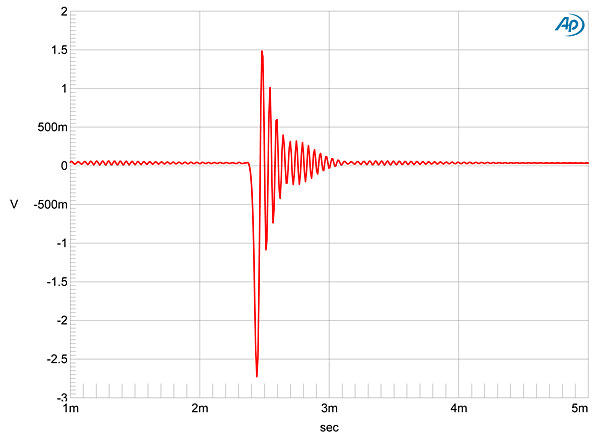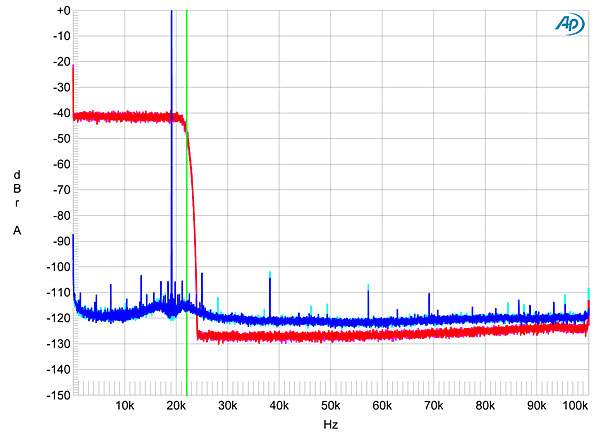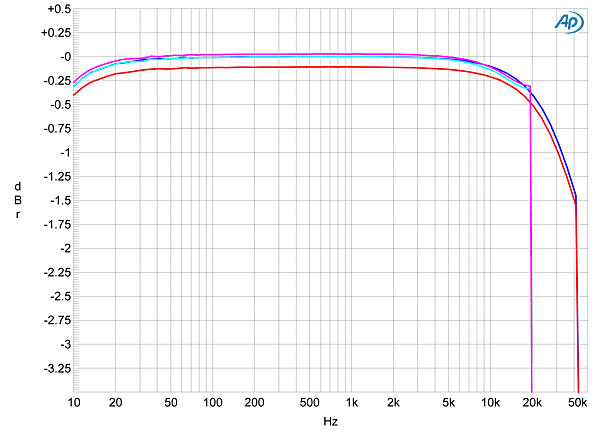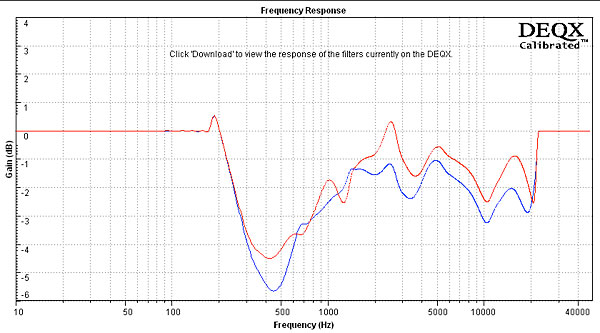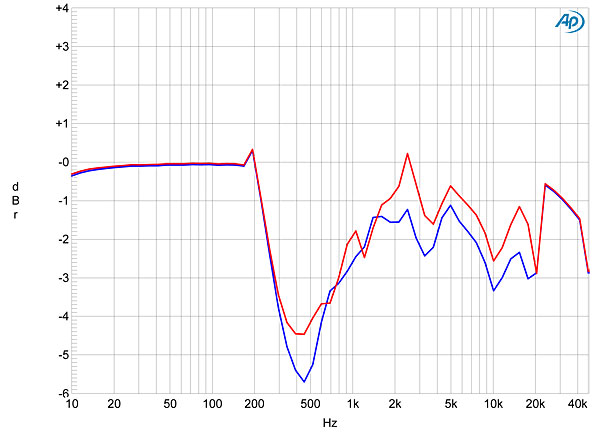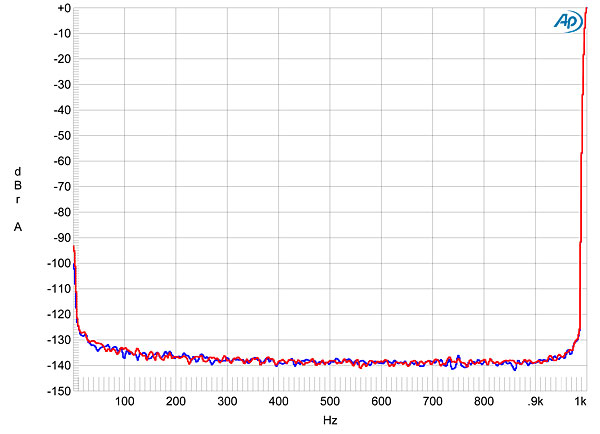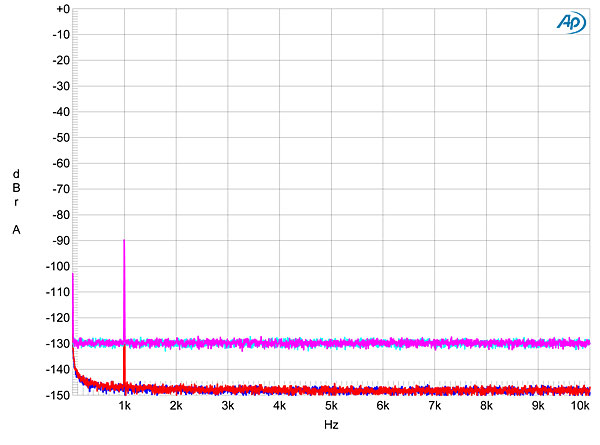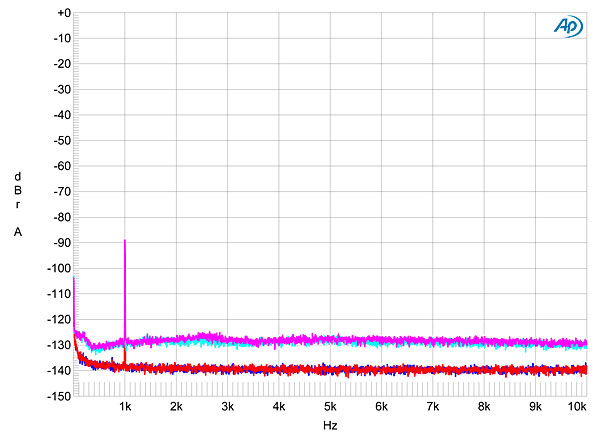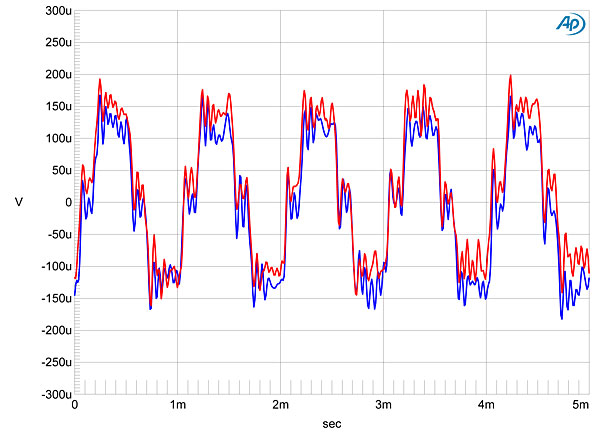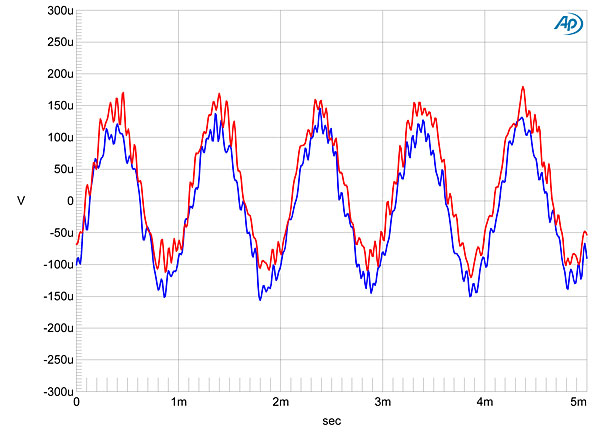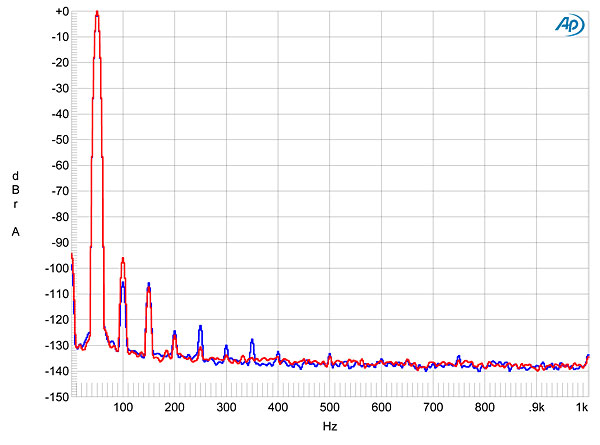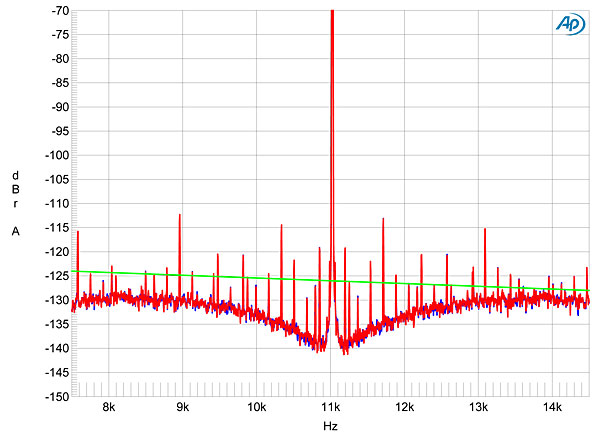| Columns Retired Columns & Blogs |
Hi Kal
Great review and description how to work on the Speaker and the Room Optimization separately with DEQX PreMate. I know it is a bit difficult to validate, but this point make a bit difference between different “room optimization” hard- / soft-ware.
Lately I have done also some measurements on different room optimization hardware (2 of the 4 based partly on your recommendations over the last years) and separation speaker from room optimization separates the men from the boys.
With the MLSSA measurement system you can chose different lengths of the adaptive time window (where the lengths changes with time (and so the resolution over frequency)) and so you can differentiate between the results of the speaker optimization from those of the room “optimization”.
Looking forward seeing you at the CES.
Juergen
